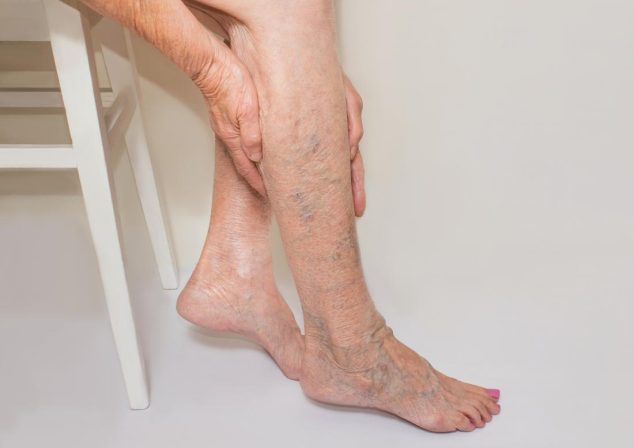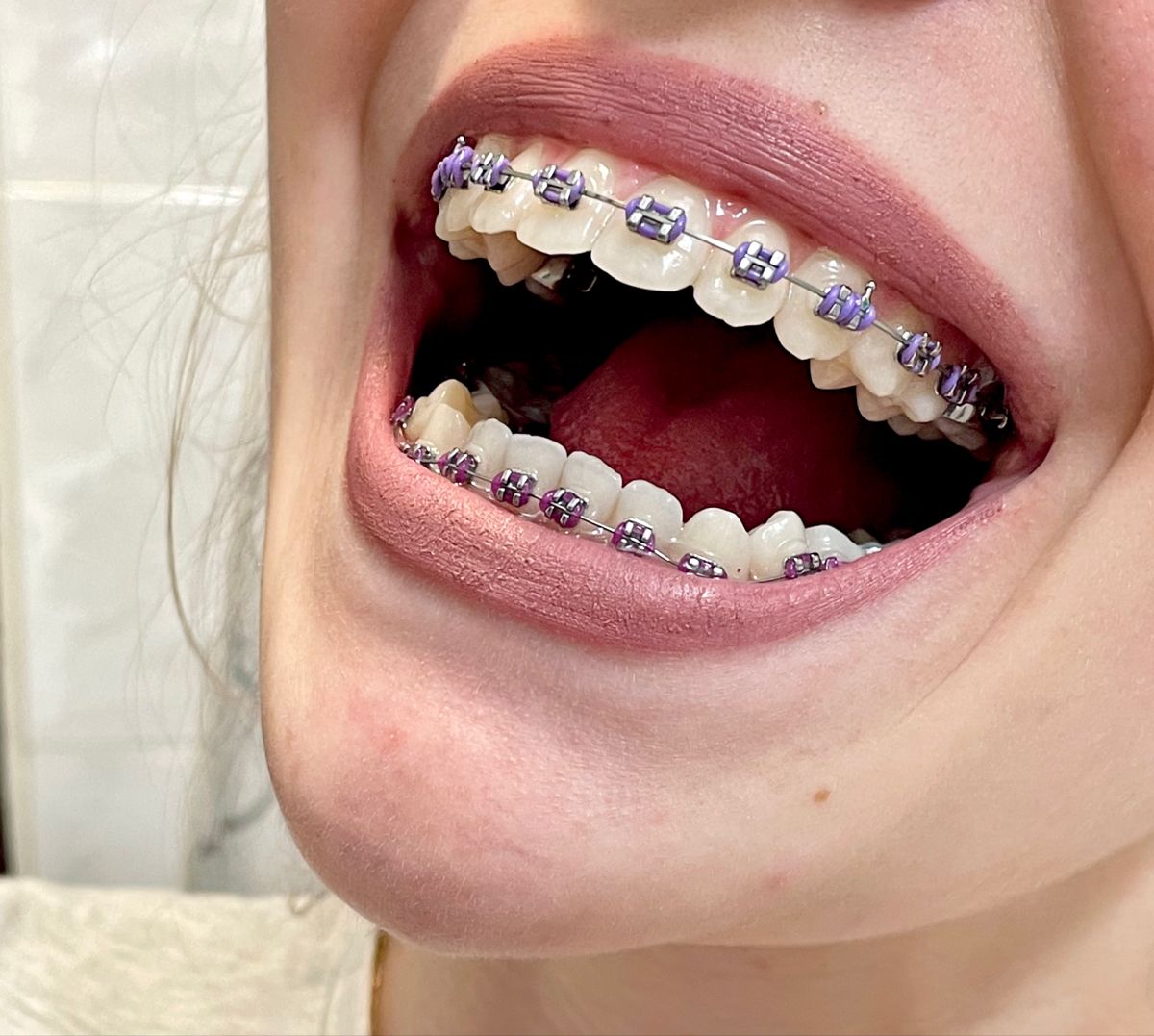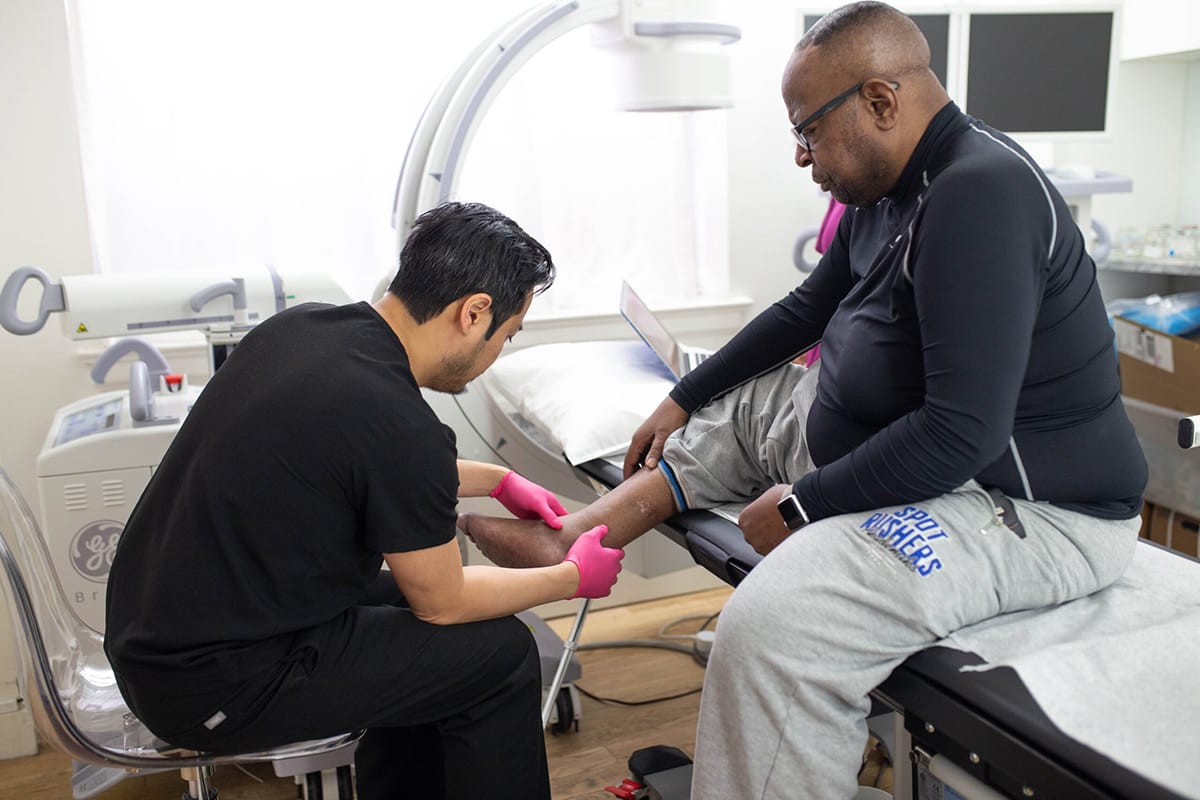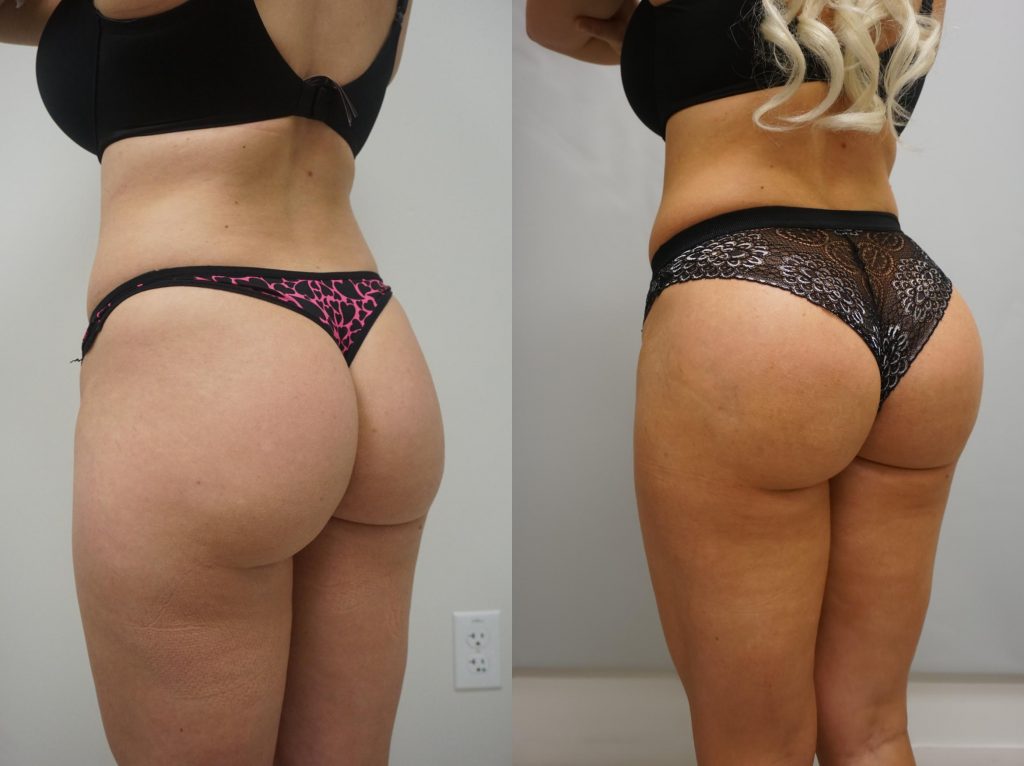
Maintaining optimum vascular health is vital for general well-being because the circulatory system is essential to the body’s ability to carry nutrients and oxygen. But different vascular diseases can occur and need a specialist’s attention. When to see a vascular doctor? This essay aims to clarify the warning signs and symptoms that demand a visit to the vascular doctor. Recognizing these signs enables people to seek prompt medical attention, resulting in accurate vascular difficulties diagnosis and relevant vascular issues therapy.
What is a Vascular Doctor?
A medical expert specializing in diagnosing, ministering, and managing problems involving the blood vessels, arteries, and veins is understood as a vascular doctor, also directed to as a vascular surgeon or specialist. They are trained in surgical and non-surgical therapies for vascular problems and conditions.
What Symptoms and Signs Exist?
Specific symptoms and indicators may point to underlying vascular issues. Here are some typical warning signs that call for a trip to the vascular doctor:
Leg Aches Or Cramps
Peripheral artery disease (PAD) may be indicated by persistent leg pain, especially when moving around or exercising. PAD results from decreased blood flow when arteries in the legs narrow or are obstructed. A vascular doctor can identify and treat this disease efficiently if you seek their aid.
Leg Swelling And Discomfort
Deep vein thrombosis (DVT) or venous insufficiency may cause unexplained leg swelling, pain, or heaviness. When the veins’ valves do not work properly, blood pools, creating symptoms like swelling and discomfort. Venous insufficiency is the outcome. DVT, or deep vein thrombosis, is the term used to describe the development of a blood clot, which can be a severe condition needing rapid medical intervention.
Spider Veins And Varicose Veins
The presence of varicose or spider veins may indicate insufficient venous flow or venous illness. Spider veins are smaller, dilated blood vessels that resemble a spider’s web. In contrast, varicose veins are enormous, twisted veins that may be seen through the skin. A vascular physician can do a thorough assessment and make recommendations for the best courses of action.
Chronic Ulcers Or Wounds
Peripheral artery illness or inadequate circulation may be distinguished by chronic sores or ulcers that never heal or heal slowly. A vascular doctor can assist in identifying the underlying reason and creating an effective treatment process for reducing blood flow, which can block the healing process.
Aneurysms
An aneurysm is a protruding or fragile spot in the blood vessel’s wall. Although aneurysms can form anywhere on the body, the main blood vessel, the aorta, is where they most repeatedly do. Symptoms might not be clear before the aneurysm breaks, which might be fatal. Aneurysms can be seen and treated early on with the help of regular visits to a vascular doctor.
In Conclusion
For the early detection, diagnosis, and treatment of vascular problems, it is essential to recognize the indications and symptoms that call for a visit to a vascular physician. What kind of doctor treats veins? Suppose you have leg discomfort, edema, varicose veins, chronic sores, or other circulatory system-related problems. Consulting a vascular specialist can help determine the underlying causes and create a suitable treatment strategy. Routine checkups and prompt management maintain the best vascular health and general well-being. Make an appointment with a vascular doctor when you notice any vascular symptoms to receive the finest care for your vascular health.
0 Comments 674 Views
YOU MAY ALSO LIKE
share
About me

Health And Healthy Tips is Free health blog, If you wish to be part of this blog and want to conribute contents which are interesting for our readers, please contact us.
CATEGORY
- Beauty (19)
- BUSINESS (3)
- Dental Care (187)
- Eye Care (12)
- Fitness (23)
- Healthy Life (179)
- Men's (10)
- Women's (12)


























